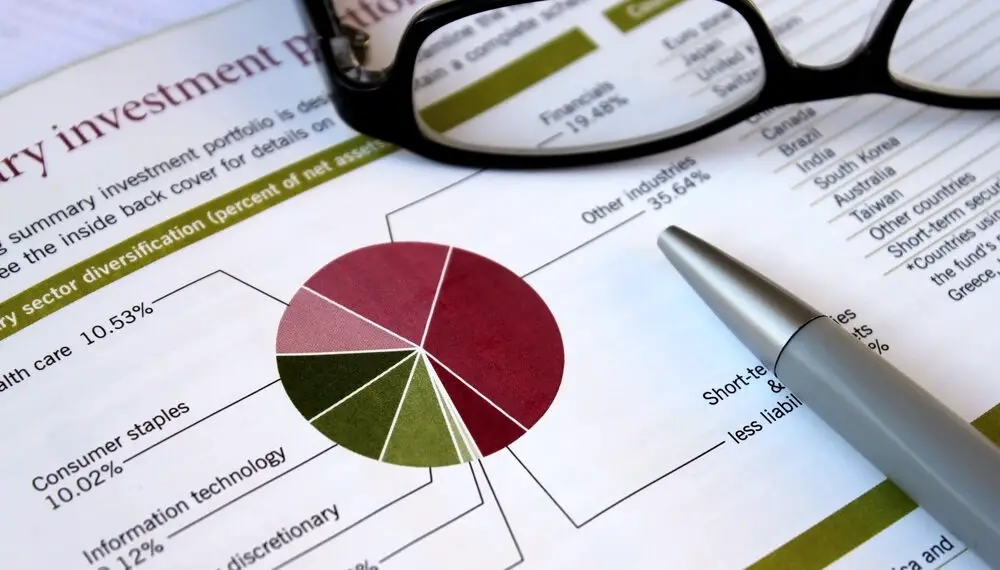An investment portfolio is a management concept for all your invested assets, like bonds, mutual funds, stocks, NFTs, and cryptocurrency. Having all your investments under one roof makes it easier to manage and monitor them to see how well or badly they are doing.
However, creating and managing a portfolio is not easy. You need to know the best place to invest your money for lower risk and high returns. Here are a few tips to help you build a good portfolio.
1. Help or No Help?
You can build your investment portfolio from scratch or seek professional investors’ help. Those include robo-investors and hedge fund managers. Working with professionals to create your portfolio helps you identify the best investment assets based on your risk tolerance and gives you alternative investments.
That makes it easy for you to build a profitable portfolio without all the work involved in looking for the best investment assets. However, doing it yourself is not bad either. You can identify the assets you want to invest in, like NFTs and cryptocurrency, and make your investments.
2. Choose an Investment Account
You need an account to manage your investments, whether you are doing it yourself or with the help of a professional investor. Once you decide how to handle your portfolio, you must create an account and start investing.
Having a team of professionals to work with also makes this step easier. They will create the account for you and help you with the investments. Before creating the account, you should know what investments you want to create the account in the right place.
3. What is Your Risk Tolerance?
When choosing the right investments for your portfolio, you need to know the assets you want and the risk that comes with the assets. The goal of investing is to get returns off of your investment.
However, there will always be a level of risk, especially for assets like stocks and cryptocurrency. If you have low-risk tolerance, you should choose low-risk investments for most of your portfolio and only a few high-risk ones.
4. Find The Best Asset Allocation
You cannot invest in a single type of asset. You must diversify your holdings to get the best out of your investments. Therefore, the next step when building an investment portfolio is determining the asset allocation for the various assets.
Decide whether to buy more stocks or bonds or invest your money in mutual fund assets. If you have a professional investor to work with, they can help you identify the best assets to invest in by looking at market trends, making the allocation even easier.
5. Rebalance Your Portfolio
After crafting a good portfolio and determining the asset allocation, you can start getting investment returns. However, you need to rebalance it from time to time. Some investments, like target-date funds, will rebalance themselves, but for others, you must do it yourself.
If you have a portfolio manager, you do not have to worry about that. Your account allocation will always be balanced because of the special attention the portfolio managers give to your account. If one asset increases, you change that to return it to the initial allocation.
In Conclusion
Creating a good investment portfolio ensures that you get good returns for your investments. However, creating a portfolio is not easy, and it might require little help to identify the best investing assets.
Working with knowledgeable professionals in the investing field helps you make the right investment decisions. You also learn about the new and best assets you can invest in to grow your portfolio. However, choosing the right investment managers to work with is what makes all the difference.
